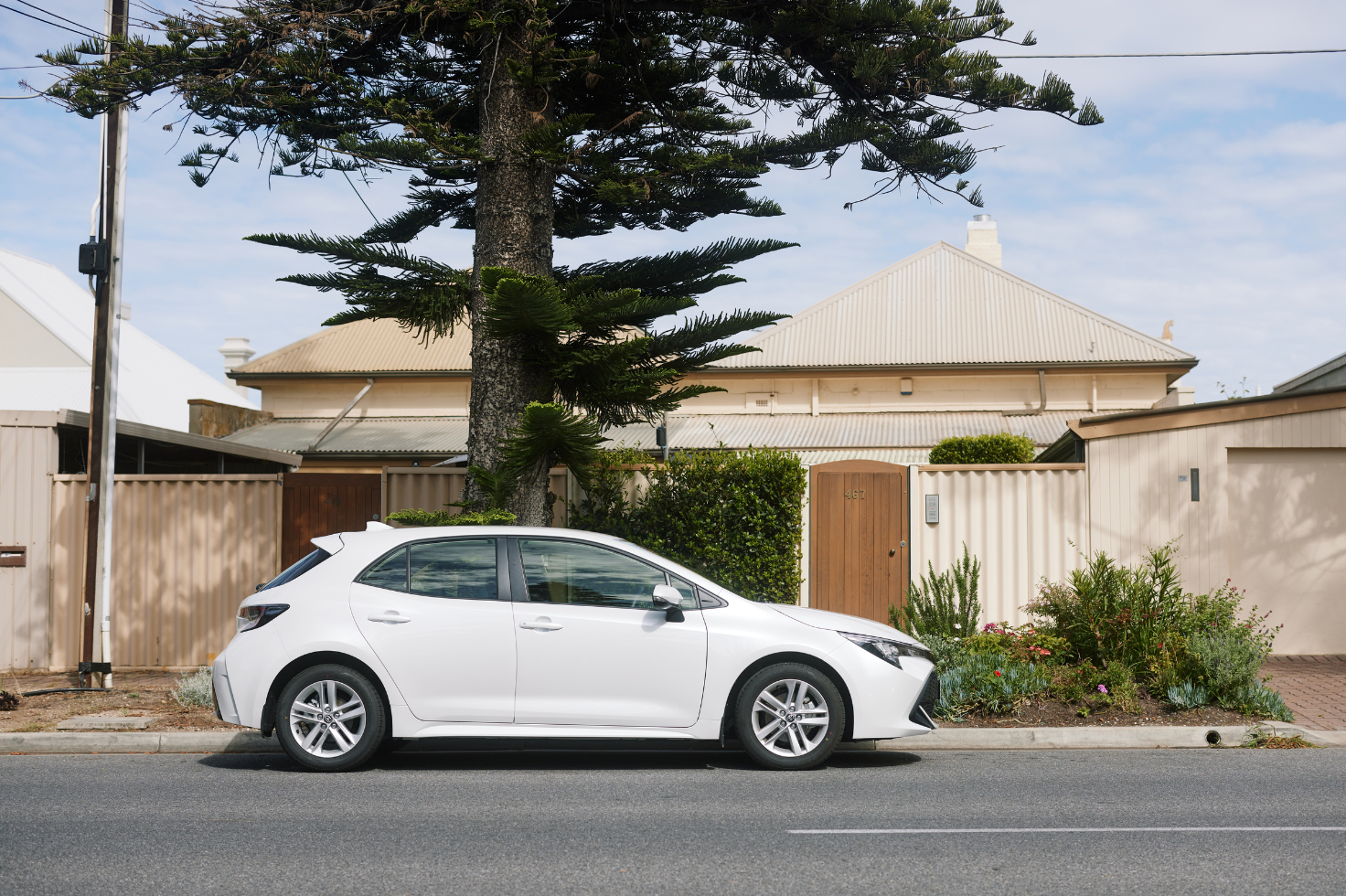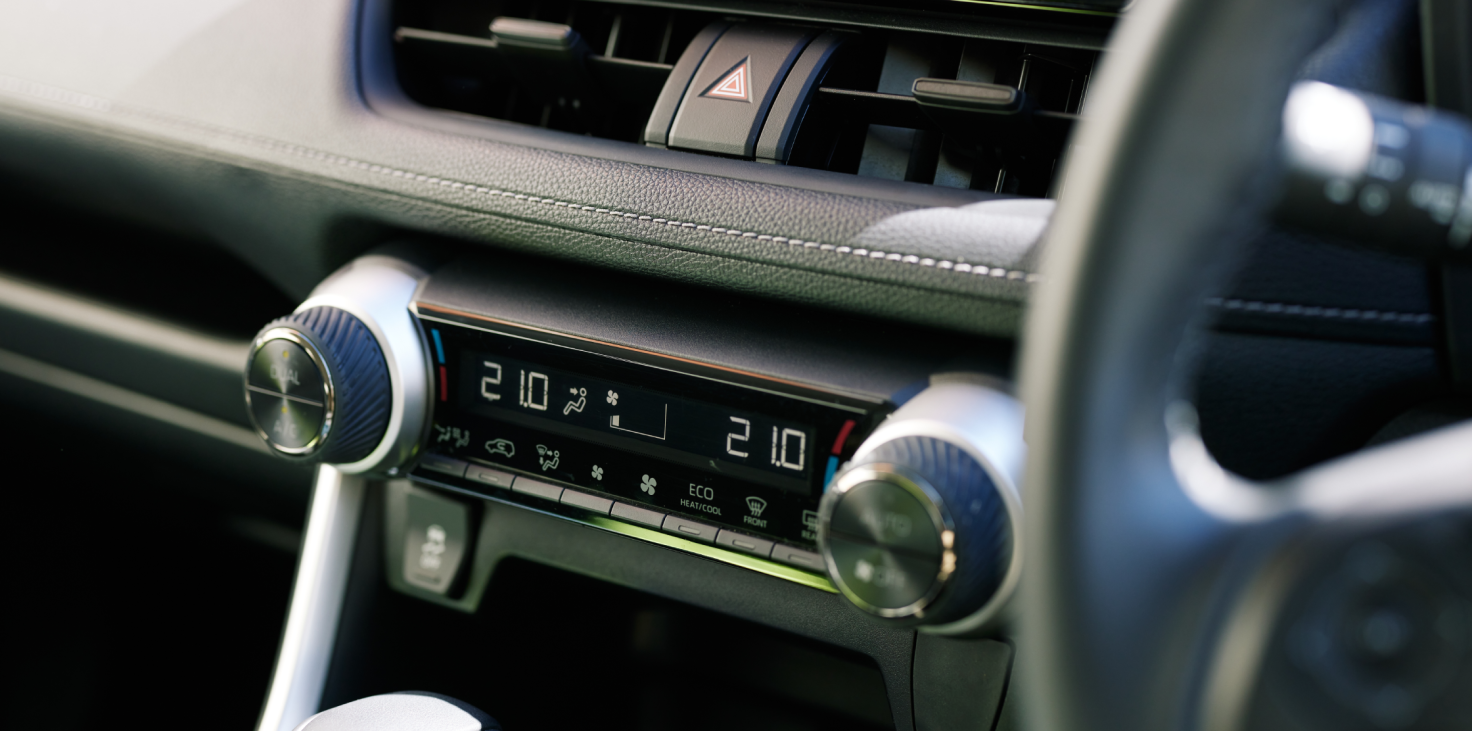This article was originally published in February 2023 and has been updated.
Share this story:
Electric vehicles (EVs) are predicted to account for at least 32% of Australia’s fleet by 2030. As they gradually become more affordable and readily available, does Australia have the infrastructure to accommodate the move towards electric vehicles?
Believe it or not, the original electric vehicle dates all the way back to the early 19th century, where in 1832, a Scottish inventor named Robert Anderson developed a rather crude electric carriage. Only problem being, it wasn’t rechargeable. Further attempts and designs came and went as the years passed, but as you might have guessed by the omnipresence of gas and fuel powered vehicles, it didn’t quite take off.
That is until the 21st Century. The year 1997 marked the release of the Toyota Prius in Japan, the first mass-produced hybrid electric vehicle, and that’s when the momentum finally shifted. Since then, we’ve seen many makes and models enter the market, including the now house-hold name, Tesla Motors.
Europe is the global leader in the adoption of electric vehicles. This can be largely attributed to CO2 emissions standards in the European Union promoting sales, as well as efforts by cities and governments to increase infrastructure and value to make EV uptake more enticing. Policies to promote electric vehicle deployment have also resulted in major car companies such as Jaguar, Land Rover, Volvo, Mazda, Nissan and Honda following suit, setting targets to go fully electric and introduce new vehicles into market.
So what about here in Australia? While slow compared to other countries, EV uptake is increasing year on year. In fact, according to an Electric Vehicle Council report, 98,436 new EVs were purchased in 2023, an increase of more than 120% when compared to 2022. According to our own report, Changing Gears: The Road Ahead for EV Adoption in Australia, key drivers (pardon the pun!) for EV purchase include a combination of environmental and sustainability concerns, and a desire for lower running costs.
But what about the barriers?
Survey data from our report indicates that most EV drivers in Australia drive well within the range capabilities of modern EVs day to day, but the availability and accessibility of charging stations is still a major concern and barrier for most.
At the moment, charging stations are typically small-scale and can only service a few vehicles at a time. With how many EVs are predicted to make up Australia’s fleet in the coming years, we’re going to need some large-scale charging infrastructure, and fast charging technology too.
But there are positive signs. Just as we saw an increase to the Australian EV fleet double in size during 2023, the number of public DC charging sites also increased by 75%, rising to 812 at the end of 2023 from 464 at the end of 2022.
It’s no secret that EVs in Australia are hard to come by and can be pretty expensive. With this in mind it might be a good idea to consider some temporary alternatives to EVs that could better suit your needs.
Plug-in hybrid EVs (PHEV) and hybrid EVs (HEV) both combine an ICE engine and an electric motor to reduce fuel consumption, but there’s a few distinct differences between the two. HEVs swap between the electric motor and ICE depending on the driving conditions, and will automatically recharge the battery. HEV owners don’t have to monitor the battery level or plug it into power outlets, but can only refuel with petrol. PHEVs on the other hand generally have a larger battery pack and can swap to electric only when the EV mode is selected until the battery power is depleted. This means that PHEV owners have the choice of topping up with either electricity or fuel, depending on the driving conditions.
For more information on EV update in Australia, check out our report, Changing Gears: The road ahead for Electric Vehicle adoption in Australia
References
Electric Vehicle Council (2023). Australian Electric Vehicle Industry Recap 2023. [Media Release]. Accessed 31 October 2024.
European Environment Agency (2024). Electric Vehicles. European Environment Agency website, Accessed 31 October 2024.
Ipsos, NRMA Insurance (2024). Changing Gears: The road ahead for Electric Vehicle adoption in Australia. NRMA Insurance, accessed 31 October 2024.
All content on the NRMA Insurance Blog is intended to be general in nature and does not constitute and is not intended to be professional advice.


